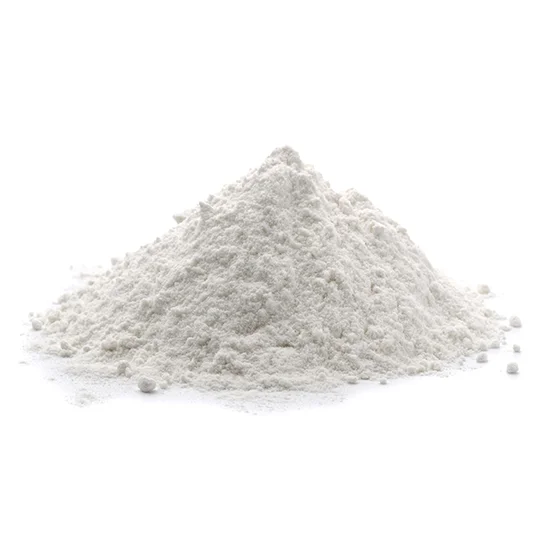Description
Baking powder is a dry chemical leavening agent, a mixture of a carbonate or bicarbonate and a weak acid. The base and acid are prevented from reacting prematurely by the inclusion of a buffer such as cornstarch. Baking powder is used to increase the volume and lighten the texture of baked goods. It works by releasing carbon dioxide gas into a batter or dough through an acid–base reaction, causing bubbles in the wet mixture to expand and thus leavening the mixture. The first single-acting baking powder, which releases carbon dioxide at room temperature as soon as it is dampened, was developed by food manufacturer Alfred Bird in England in 1843. The first double-acting baking powder, which releases some carbon dioxide when dampened, and later releases more of the gas when heated by baking, was first developed by Eben Norton Horsford in the U.S. in the 1860s.
Baking powder is used instead of yeast for end-products where fermentation flavors would be undesirable, where the batter lacks the elastic structure to hold gas bubbles for more than a few minutes, and to speed the production of baked goods. Because carbon dioxide is released at a faster rate through the acid-base reaction than through fermentation, breads made by chemical leavening are called quick breads. The introduction of baking powder was revolutionary in minimizing the time and labor required to make breadstuffs. It led to the creation of new types of cakes, cookies, biscuits, and other baked goods.
Baking powder is made up of a base, an acid, and a buffering material to prevent the acid and base from reacting before their intended use. Most commercially available baking powders are made up of sodium bicarbonate (NaHCO3, also known as baking soda or bicarbonate of soda) and one or more acid salts.

বেকিং পাউডার একটি বেস, একটি অ্যাসিড এবং একটি বাফারিং উপাদান দিয়ে তৈরি হয় যাতে এসিড এবং বেস তাদের উদ্দেশ্যপ্রণোদিত ব্যবহারের আগে প্রতিক্রিয়া করতে না পারে। বেশিরভাগ বাণিজ্যিকভাবে উপলব্ধ বেকিং পাউডার সোডিয়াম বাইকার্বোনেট (NaHCO3, যা বেকিং সোডা বা সোডার বাইকার্বোনেট নামেও পরিচিত) এবং এক বা একাধিক অ্যাসিড লবণ দিয়ে গঠিত।
Technical Data
| 50 gm |
|---|












